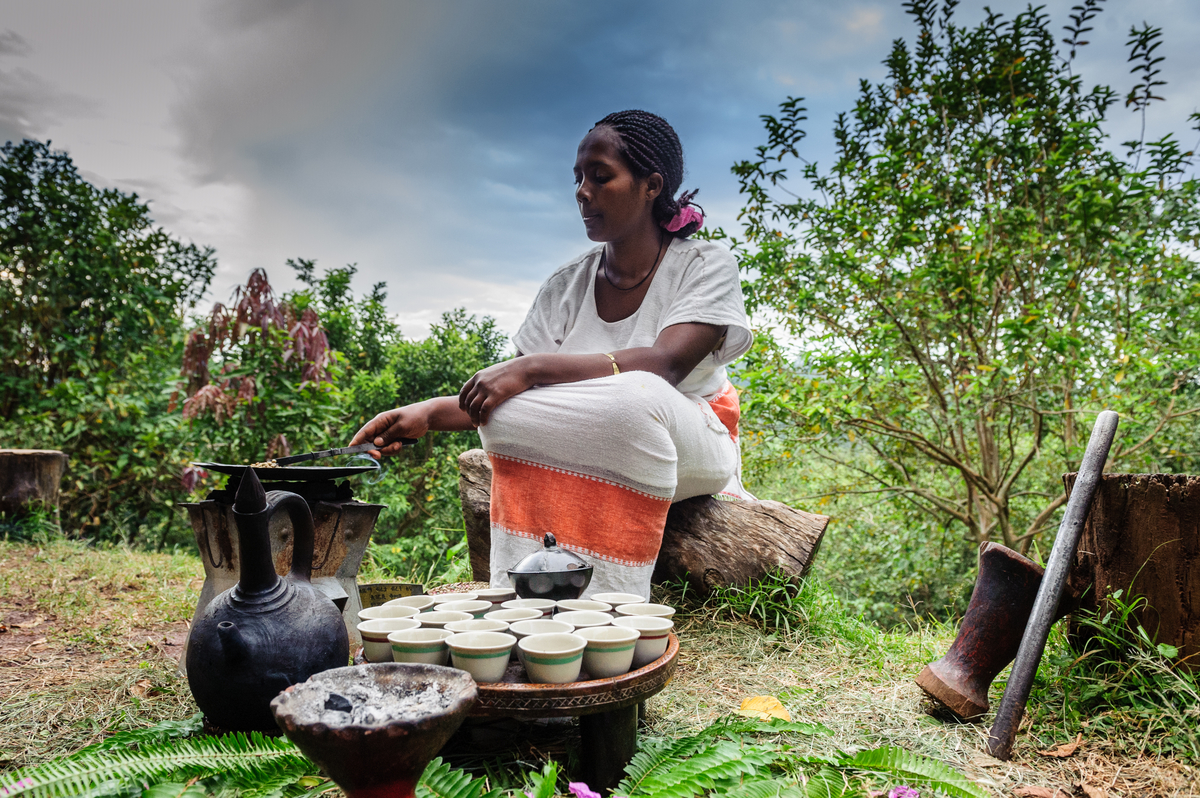Ethiopia: The Past, Present and Future of Coffee

I think a lot about their hands. The hands of farmers I met in the country where coffee was born. Hands, brown like mine and browner still, coaxing saplings from rich soil, pulling bright red berries (called “cherries”) off thin branches, transforming fruit into the precious liquid that propels me and millions of others into the day.
I arrived in Ethiopia in the middle of the night. The air was thin and cool; the city, hazy and quiet, giving no indication that it was the origin of the substance that caffeinates the world.
Coffee is our collective drug of choice: We drink more than 2.25 billion cups of coffee globally, with Canadians among the world’s top consumers.
Yet, despite this affinity for the beverage, most think of Starbucks as the source of coffee, not a distant country nestled in the Horn of Africa.
Ethiopia, however, represents the past, present, and future of coffee. It is not only where the Coffea arabica plant first blossomed, but also the place that gave the world methods of coffee preparation, along with a culture of community around the beverage.
And of all the coffee-growing regions, Ethiopia holds the greatest diversity of coffee plants — what is needed to sustain the crop well into the future.